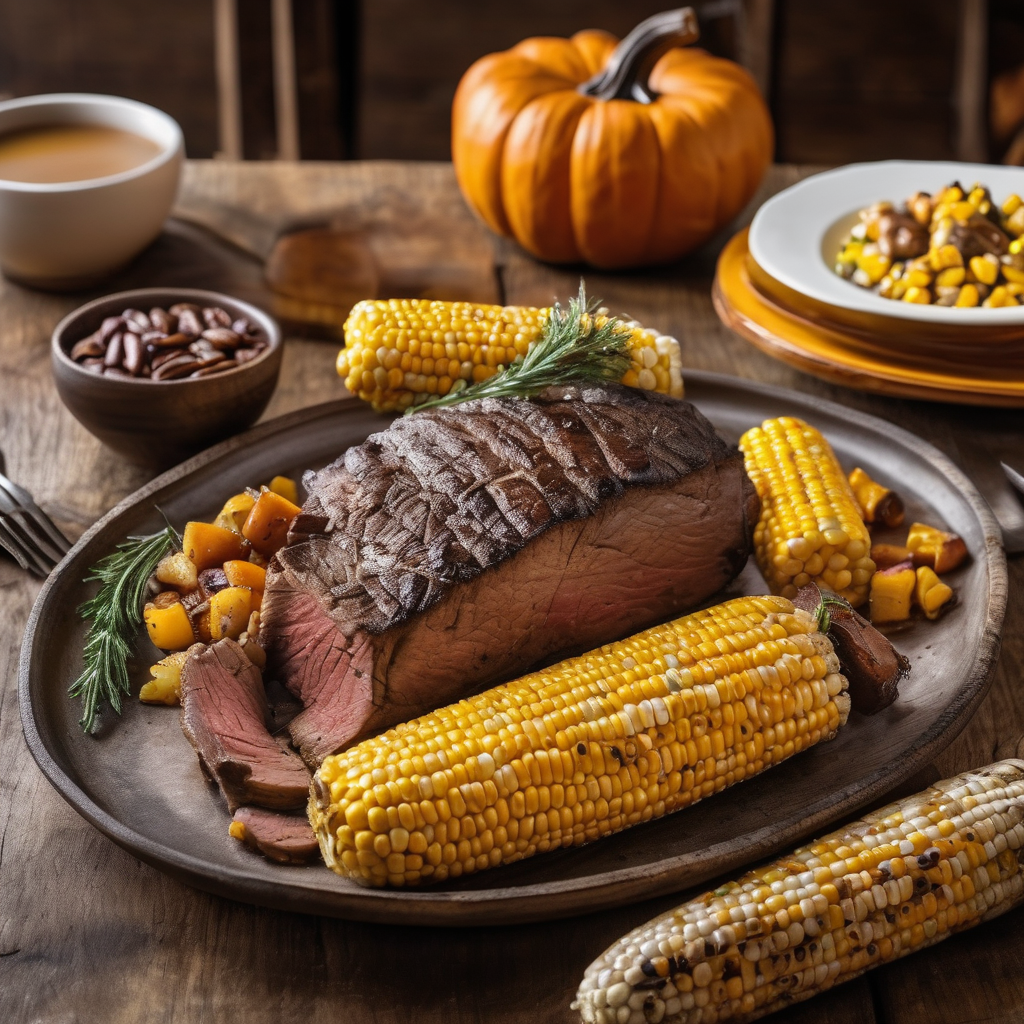Thanksgiving is a time when families come together to share meals and create lasting memories, often featuring a traditional turkey dinner. However, the history of Thanksgiving reveals that turkey was not always the star of the feast. In fact, the first Thanksgiving celebration in 1621, shared by the Pilgrims and the Wampanoag tribe at Plymouth Colony, had a different culinary focus.
According to insights from Smithsonian Magazine, two primary sources detailing the meal recount a mix of wild fowl, deer, and native crops. Edward Winslow, an English leader at the event, wrote about how their governor sent four men to hunt for fowl, which resulted in such a large supply that they could feast for almost a week. During this celebration, they entertained around 90 Native American guests led by King Massasoit, who contributed to the feast by bringing five deer as a gift.
William Bradford, who served as the governor mentioned by Winslow, further added to the historic account, noting the abundance of wild turkeys, waterfowl, and venison, along with provisions like Indian corn, which were vital to their diet at that time. The menu likely included various seafood options as well, reflecting the coastal resources available, including eels, clams, and lobsters.
Interestingly, despite the modern association of Thanksgiving with turkey, this essential part of American culinary tradition was forgotten for centuries, with the celebration shifting in significance until the 19th century.
Today, as families prepare their Thanksgiving meals, reflecting on this historical context can enrich the experience, serving as a reminder that traditions evolve and that the true spirit of Thanksgiving lies in gratitude and unity.
